-
Meeting Point
Punta Arenas
-
Duration
10 hours app.
-
Group size
6 - 10 passengers
-
Price
USD 270
Not everything is penguins and sea lions, we will find a variety of seabirds and the presence of other marine mammals on this expedition to the eastern islands of the Strait.
We can see that Sei whales are being sighted more and more frequently in this area of the strait and the congregations of migratory birds are topics that we are very interested in monitoring.
This expedition to the Eastern Islands of the Strait includes not just penguins and sea lions, but also a variety of seabirds and other marine mammals. These islands, also known as "Broken Bridge," were a transit zone for the first Fuegians over 10,000 years ago, before the Strait became the passage connecting the oceans as we know it today. a “Broken Bridge”, since during the last ice age when the Strait was not yet the passage that connects the Oceans as we know it today, It could be a transit zone for the first inhabitants of Tierra del Fuego, more than 10,000 years ago until its subsequent opening.
Main attractions:
-
Observation of marine mammals and birds
-
Visit the Río Seco Natural History Museum
-
Visit to Los Pinguinos Natural Monument
-
Pickup from accomodattions
7:00
-
Meeting and Talk at the Río Seco Natural History Museum
8:00
-
Departure from Barranco Amarillo
9:00
-
Monitoring of birds and marine mammals
-
Lunch on board
-
Descent and hije in Los Pinguinos Natural Monument (Magdalena Island)
-
Visit to the sea lion colony on Marta island
-
Compilation of collected data and listing of observed species
-
Return to Barranco Amarillo
Once we land, transportation will be waiting to take you back to your accommodations18:00
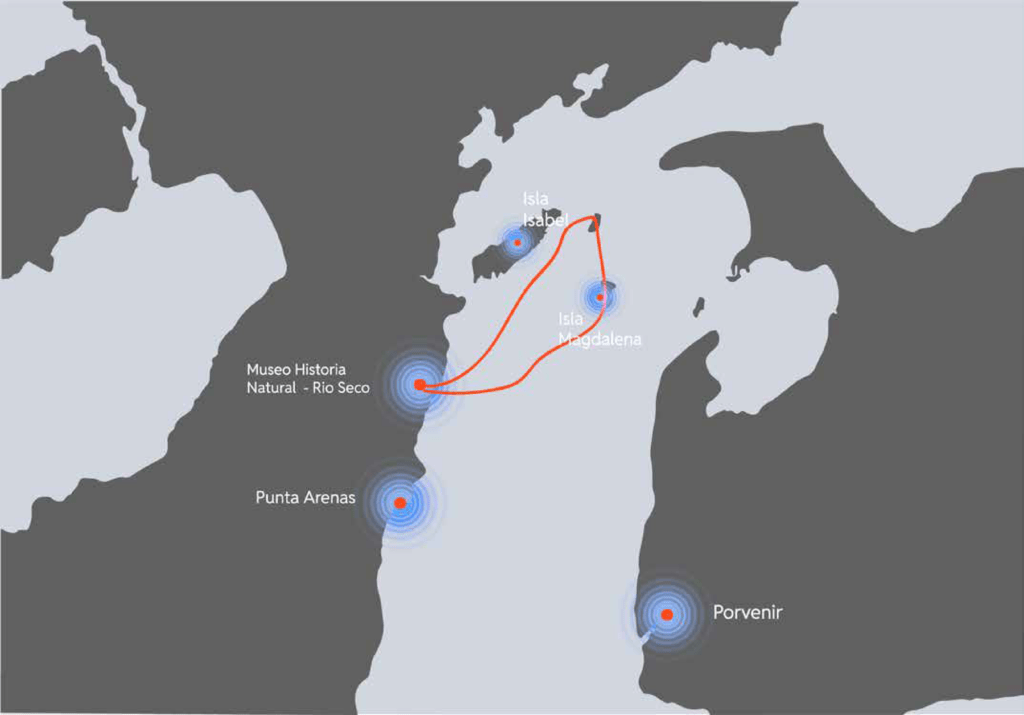
Monitoring the eastern islands of the Strait of Magellan
The Strait of Magellan is a renowned and valuable passage connecting the Atlantic and Pacific Oceans, rich in biodiversity throughout the year. During the warmer months of the Southern Hemisphere (November to March), the Magdalena and Marta Islands (Los Pingüinos Natural Monument) and Contramaestre host over 60,000 Magellanic penguins, as well as more than a thousand sea lions on the shores of Isla Marta and Magdalena. The expedition will reveal not just penguins and sea lions, but a range of seabirds and other marine mammals.
These islands, known as "Broken Bridge," served as a transit zone for the first Fuegians over 10,000 years ago before the Strait evolved into its current form. For at least the last few centuries, these islands continued to connect the now-formed large island with the American continent, serving as a crossing point for canoeists to exchange goods and information between the inhabitants on either side of the Strait of Magellan.
We aim to broaden the frontiers of knowledge and engage both citizens and visitors in collaborative science. More eyes and ears contribute to better data and, consequently, better decisions.
Our associated scientists, specializing in marine mammals and avifauna, focus on monitoring cetacean species, migration patterns of certain seabirds, and monthly censuses of the Dolphin Gull and the pirate of the Strait, the Skua.
Unlike a typical full-day tour, our scientific expedition takes a more measured pace. Our goal is to observe, learn, and share knowledge among all participants, requiring time and a willingness to engage fully in the excursion.
Interested in this route?
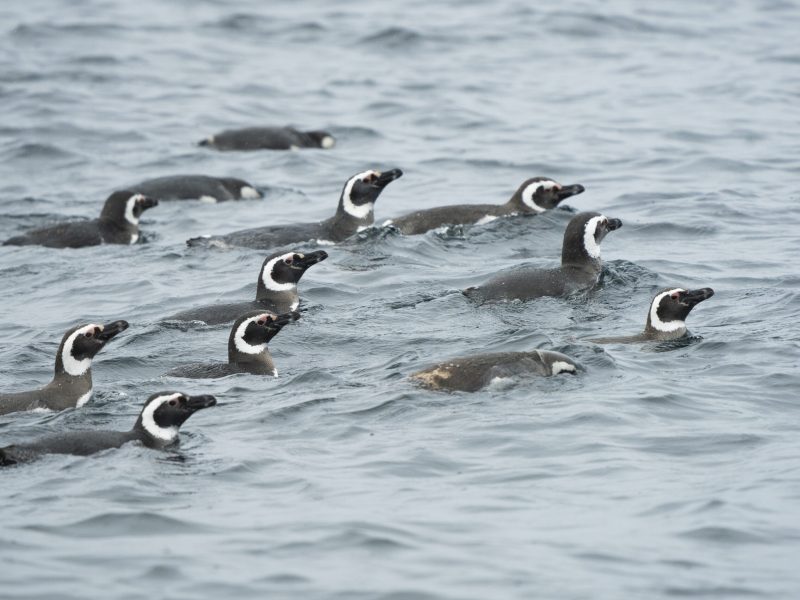
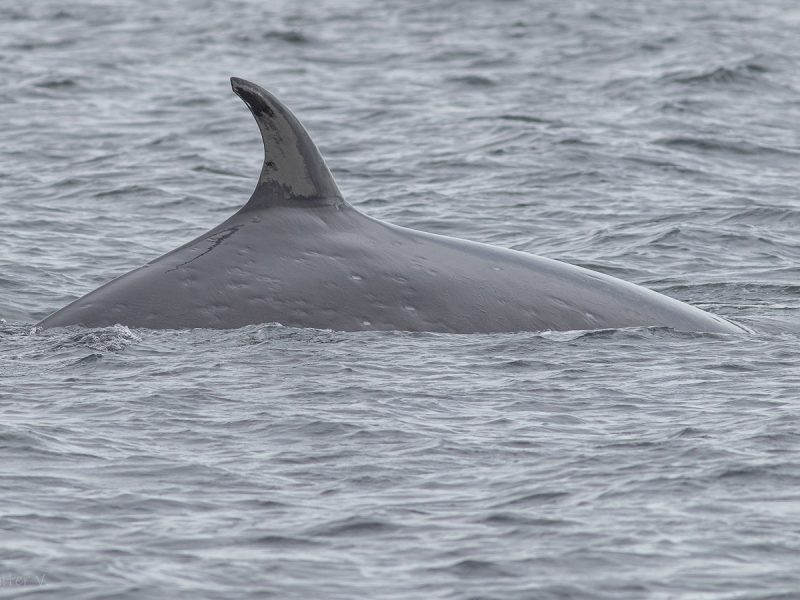
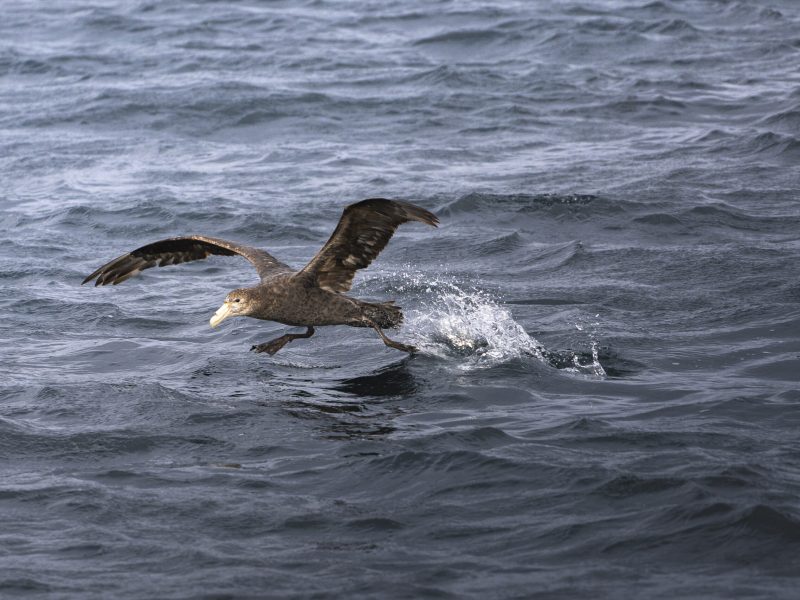
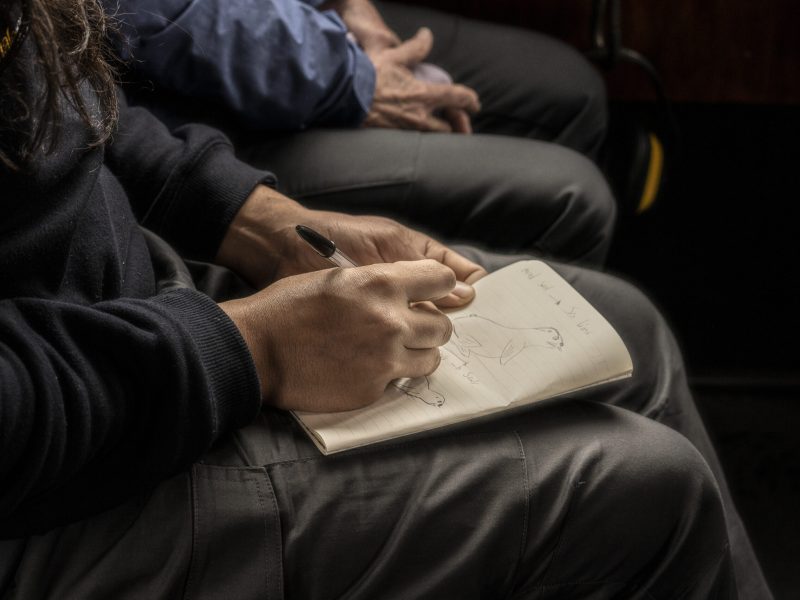
Base of Operations
WHALESOUND has a camp on Carlos III Island, in the middle of the Strait of Magellan, right in front of the Francisco Coloane Marine Park
The camp has 5 domes that allow the overnight stay of up to 10 passengers and a main dome of common space, where we will share scientific talks, conversations of the day's experiences, where we will eat and also where you will find bibliography of the regional history and about the nature of the fjords and channels.